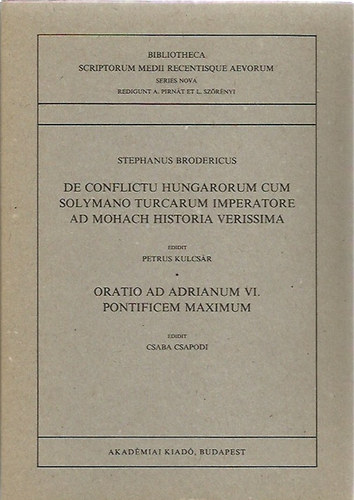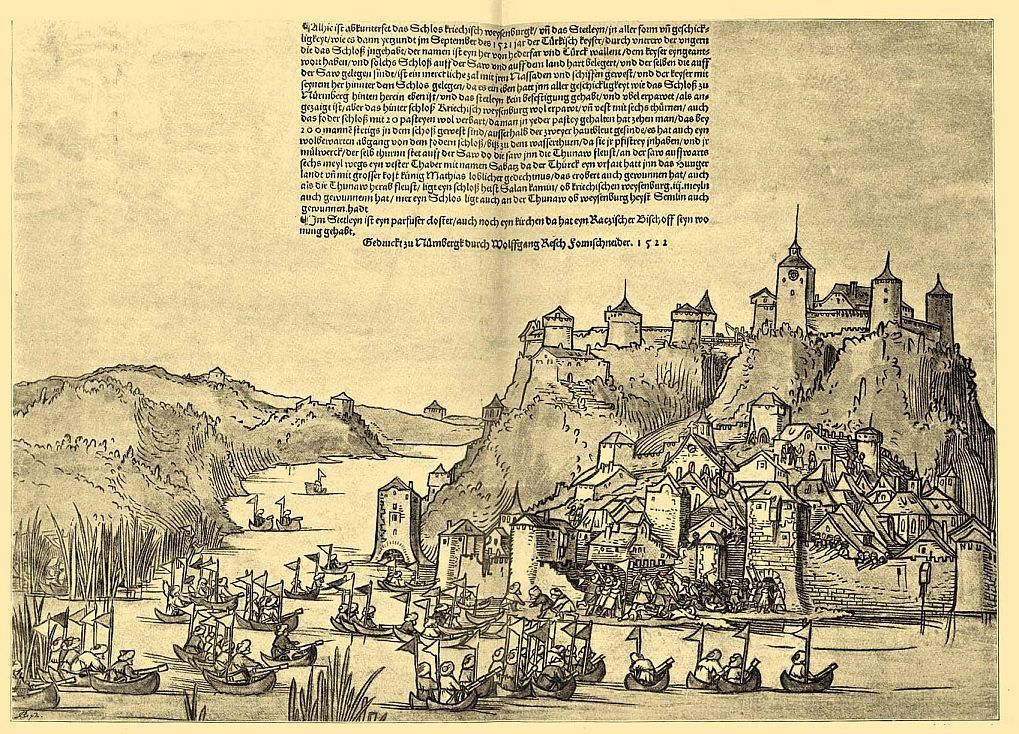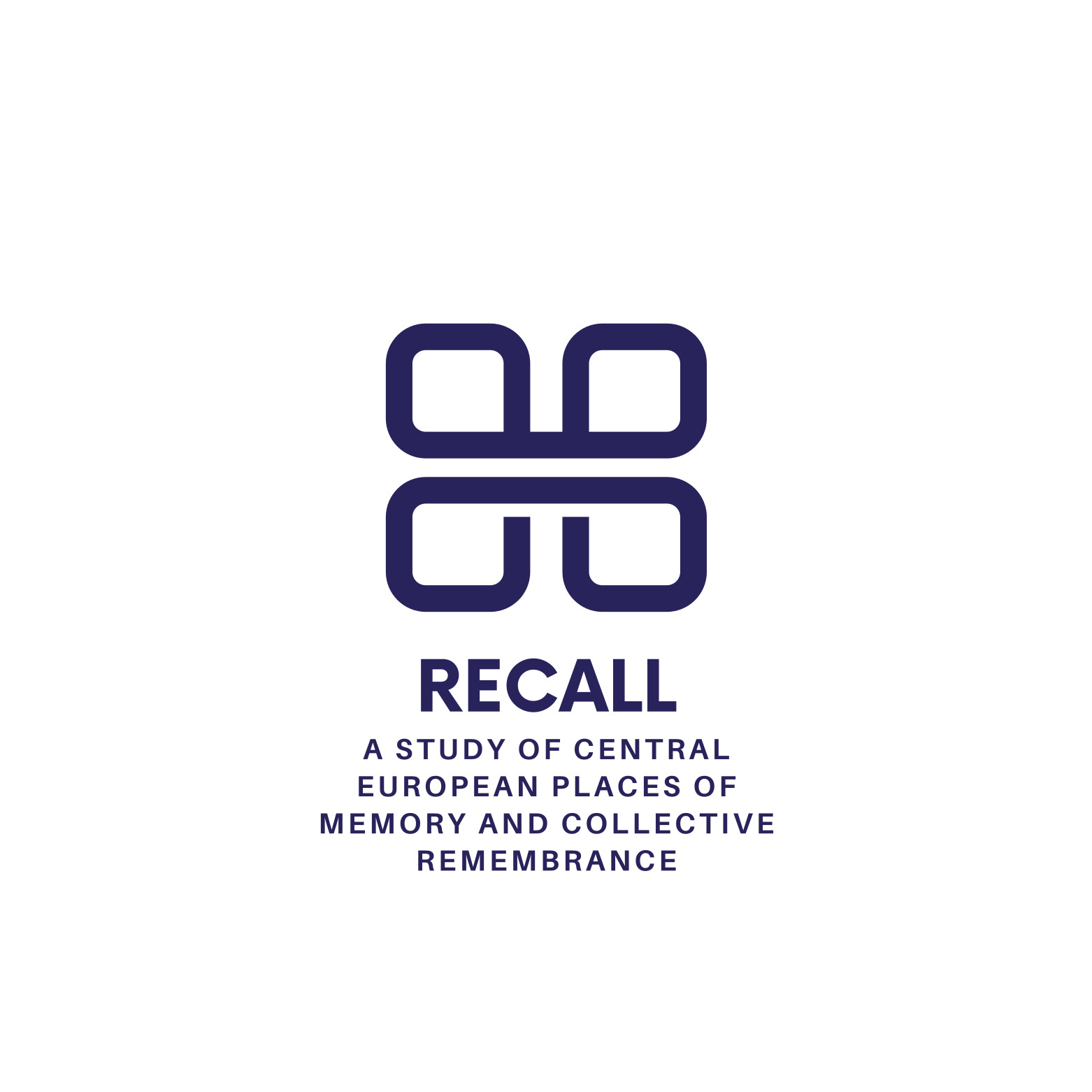
Kategória: 3.1 The myth of national disaster 1
-

Mohach historia verissima… (1527, Kraków), the earliest known eyewitness account of the Battle of Mohács, was written for King Sigismund I of Poland. This Latin chronicle, first published by Mátyás Pyrser, provides a detailed narrative of the 1526 battle and its aftermath, including the death of King Louis II and the collapse of Hungary’s political leadership. The work was later incorporated into János Zsámboky’s edition of Bonfini’s Decades (1568) and reissued in Frankfurt in 1581.
The work of István Brodarics – Pécs
The work of István Brodarics – Pécs Fact of the Hungarian figure „The vast cemetery of our national greatness” –…
-

Erhard Schön: Authentic Woodcut Portrait of King John I of Hungary (Szapolyai János), 1526. This woodcut shows John Szapolyai, elected king after the catastrophic Battle of Mohács, which decimated Hungary’s political elite, leaving the state leaderless. Although Szapolyai’s coronation in Székesfehérvár was performed with the Holy Crown, his election lacked full legality as only the Palatine could convene a diet. Meanwhile, a rival assembly in Pozsony, lawfully convened by the Palatine, elected Habsburg Ferdinand as king, leading to a dual kingship and prolonged civil war in Hungary.
Legend of Szapolyai’s delay – Alba Iulia (Gyulafehérvár)
Legend of Szapolyai’s delay – Alba Iulia (Gyulafehérvár) Fact of the Hungarian figure „The vast cemetery of our national greatness”…
-

Wolfgang von Resch: The Siege of Belgrade (Nándorfehérvár) in 1521. This historical painting captures the pivotal moment when the Ottomans, under Sultan Suleiman the Magnificent, conquered Belgrade, marking a decisive step toward the collapse of medieval Hungary. Recent historical research by Norbert C. Tóth, Tamás Pálosfalvi, and Tibor Neumann emphasizes that the fall of the medieval Hungarian Kingdom was not simply due to Jagiellonian misrule, but to systemic structural limitations that even the great King Matthias’ reign could not permanently overcome.
Preludes to Mohács: Three Key Perspectives – Belgrade (Nándorfehérvár)
Preludes to Mohács: Three Key Perspectives – Belgrade (Nándorfehérvár) Fact of the Hungarian figure „The vast cemetery of our national…
